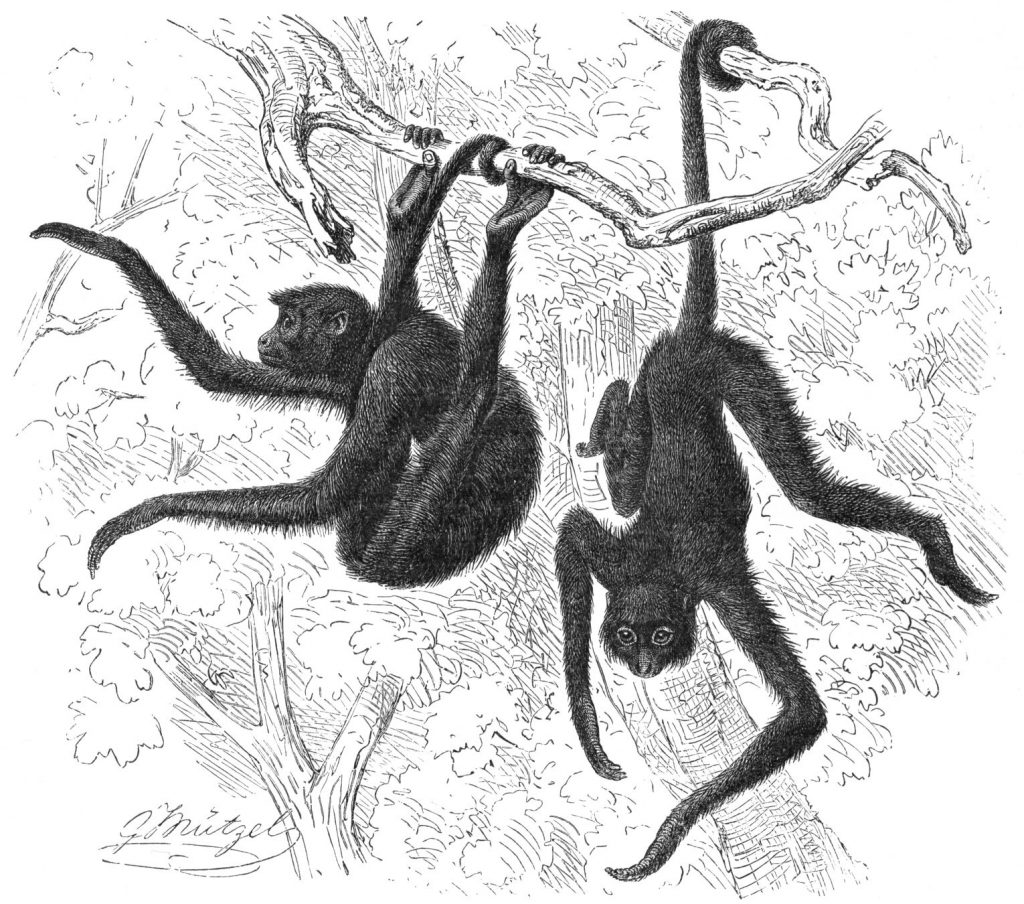9.9 Testing Trivers-Willard in spider monkeys
In her observations of Peruvian spider monkeys, primatologist Meg Symington recorded how, of twenty-one offspring born to the lowest-ranked female monkeys, twenty-one were female; of eight born to the highest-ranked monkeys, six were male; the monkeys who ranked in the middle had a roughly even sex ratio in their offspring. This should not be surprising, given the red deer example on the previous page. However, in monkeys, an additional factor to consider is which sex typically leaves home at puberty. In the case of the spider monkeys, it’s the females.

As Matt Ridley summarizes in the book, “The Red Queen” (p. 118):
“In most monkeys (including howlers, baboons, and macaques) males leave the troop of their birth and join another at puberty—so-called male-exogamy: In spider monkeys the reverse applies: Females leave home. If a monkey leaves the troop it is born into, it has no chance to inherit its mother’s rank: Therefore, high-ranking females will have young of whatever gender stays at home in order to pass on the high rank to them. Low-ranking females will have young of whatever gender leaves the troop in order not to saddle the young with low rank. Thus high-ranking howlers, baboons, and macaques have daughters; high-ranking spider monkeys have sons.”
Check Yourself
- https://commons.wikimedia.org/wiki/Ateles#/media/File:Klammeraffe-drawing.jpg] ↵

